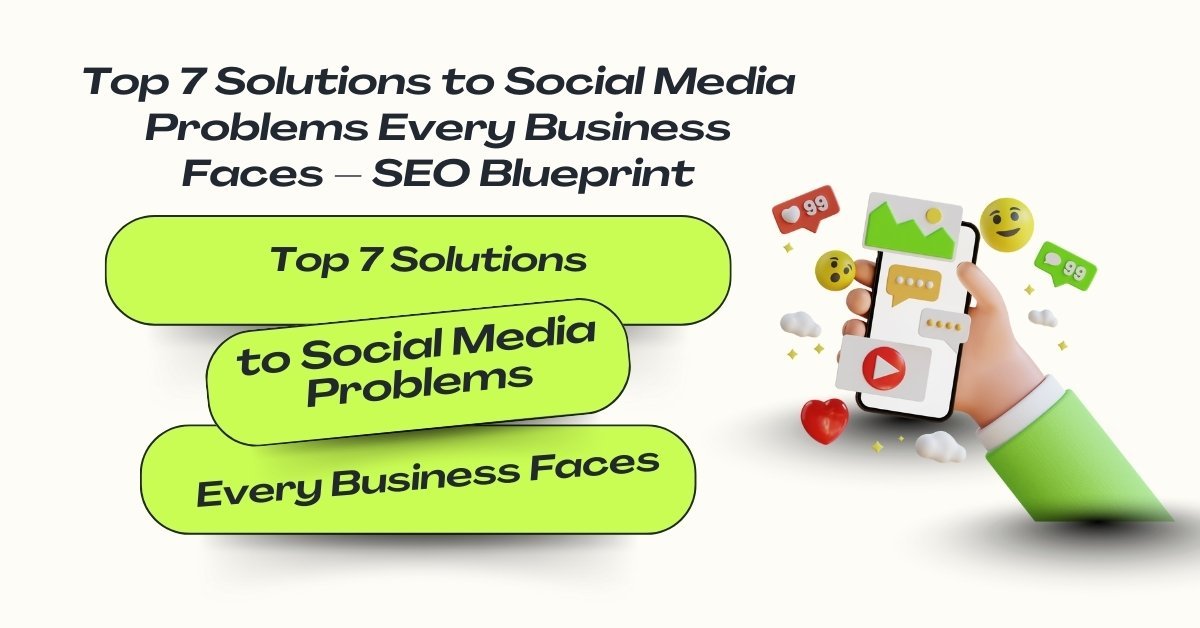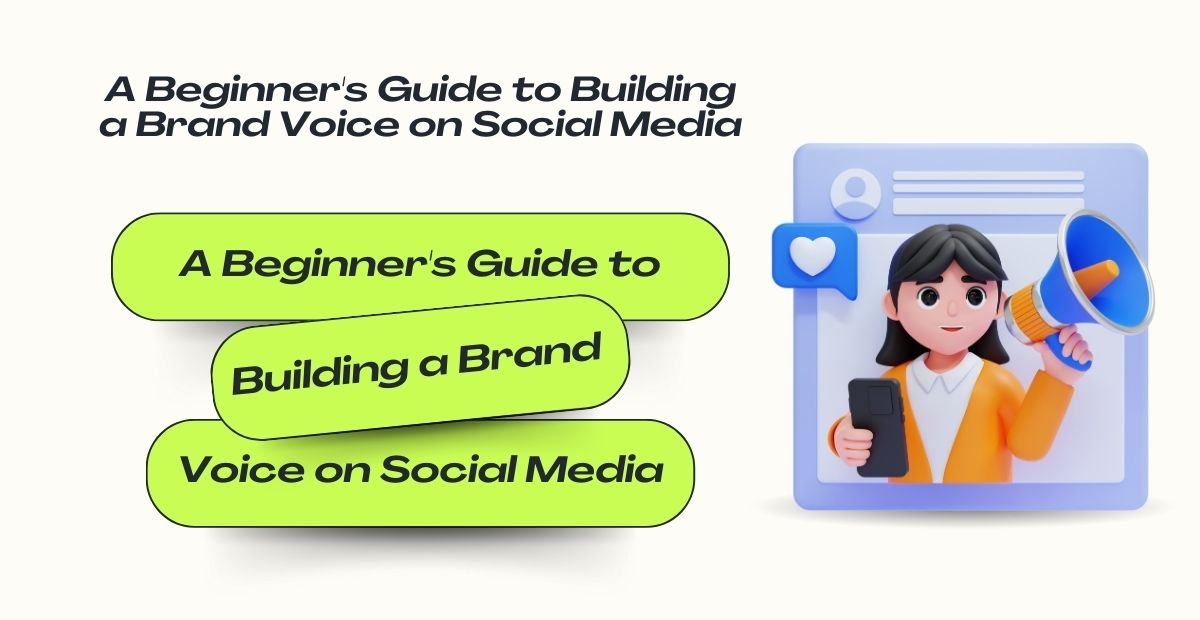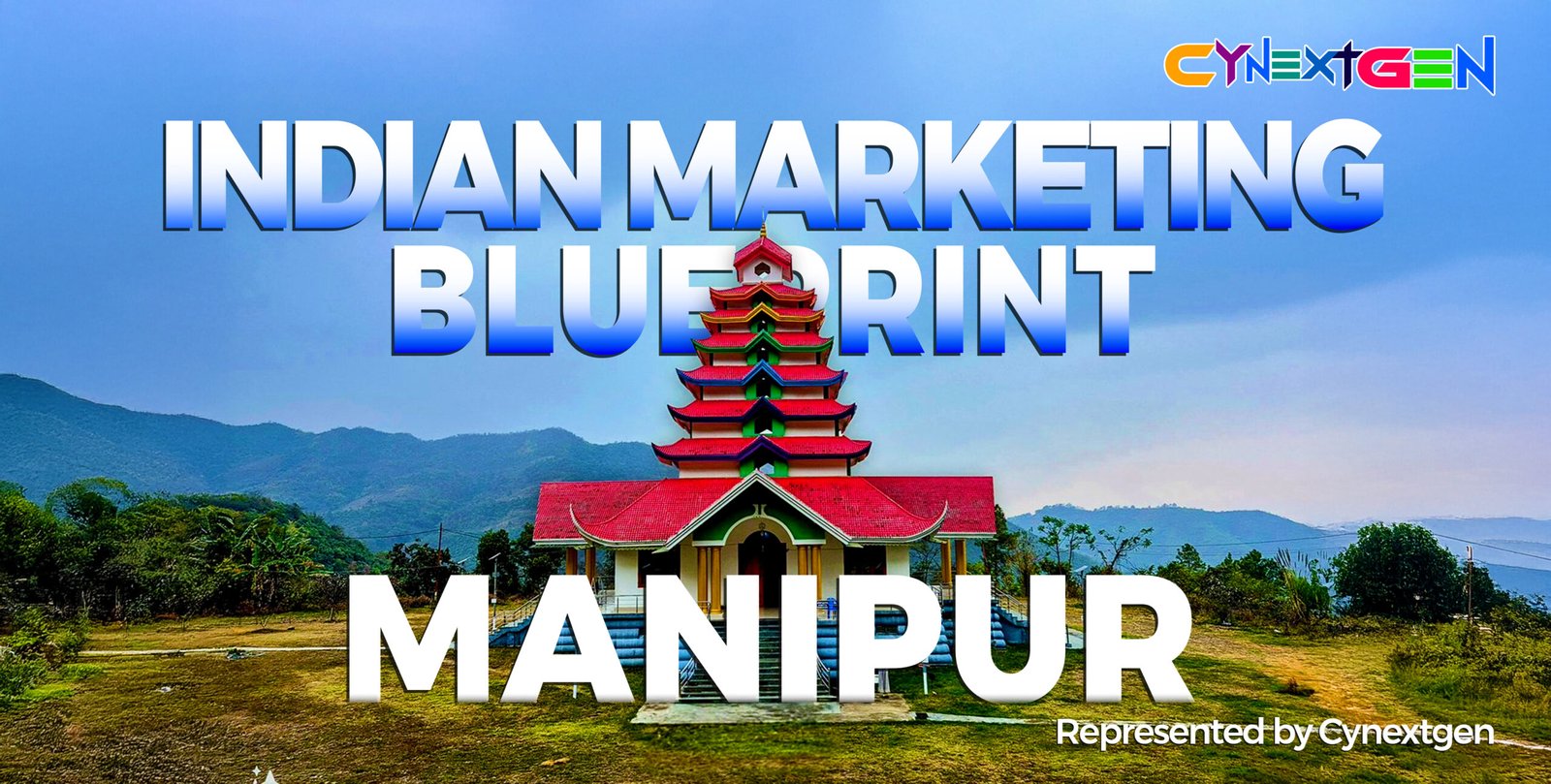
Top 7 Solutions to Social Media Problems Every Business Faces
Social media has transformed into a powerful stage for brands, yet many businesses still stumble. The potential is massive visibility, engagement, and growth, but the reality often looks different. Companies pour time and money into campaigns only to find low returns. This gap exists because while social platforms open doors, they also create hurdles that demand smart thinking and practical fixes. The key lies in understanding these barriers and applying the right solutions to social media problems to move forward.
Here are some common issues businesses face:
- Struggling to stand out in a crowded feed.
- Inconsistent posting or unclear content strategy.
- Low engagement despite high follower counts.
- Difficulty tracking ROI and measuring impact.
- Negative comments or poor brand reputation management.
By acknowledging these challenges early, brands can shift from frustration to clarity. Instead of chasing trends unthinkingly, focusing on solutions for social media challenges like strong storytelling, better analytics, and authentic engagement can unlock real growth. Social media is no longer about just being present; it’s about being strategic. Businesses that adapt will not just survive the digital noise, but thrive in it.
Problem 1 – Lack of Clear Strategy
Why Businesses Fail Without a Plan?
One of the biggest social media problems companies face is jumping in without direction. Random posting may create temporary activity, but it rarely delivers results. Without a roadmap, brands risk wasting time, money, and energy. Posts may feel inconsistent, miss the target audience, or fail to align with business goals. For example, a fashion startup posting daily memes may get likes but no sales because the content isn’t driving product interest. A weak approach also makes it hard to measure success. If you don’t know what you’re working toward, you won’t know when you’ve achieved it.
Solution – Build a Data-Driven Strategy
The best social media strategy solution is to design a plan backed by research and clear objectives. Here are five steps to make it work:
- Define Your Goals – Decide whether you want brand awareness, leads, or direct sales.
- Identify Your Audience – Understand their age, interests, and online behaviour.
- Choose the Right Platforms – Focus on where your audience actually spends time.
- Set KPIs – Track measurable metrics like reach, engagement rate, or conversions.
- Plan Content Themes – Build a content calendar with a mix of posts that match your goals.
By following these steps, businesses create consistency and purpose. It’s not just about posting, it’s about connecting with the right people in the right way. Adopting such a framework provides practical solutions to social media problems and ensures growth is measurable and sustainable.
Problem 2 – Low Engagement Rates
When followers stop interacting with your content, it’s a sign that something deeper is off. Low engagement hurts visibility, reach, and brand trust. To fix it, you need to understand why people aren’t clicking, liking, or sharing.
Reasons Behind Poor Engagement
- Over-promotion: Constantly pushing products without adding value makes audiences tune out.
- Weak content: Generic posts with no story or context fail to spark curiosity.
- Inconsistent posting: Gaps in activity break the rhythm, making it hard to build loyalty.
Solution – Improve Content Quality & Interaction
The best way to increase social media engagement is by creating content that feels human, not robotic. Storytelling adds emotion, while interactive features like polls and quizzes invite participation. Short videos grab attention quickly, and personalized content helps followers feel seen.
Content Mix That Works:
- Polls & Quizzes – Example: A fitness brand asking, Morning workout or evening workout?
- Behind-the-scenes videos – Example: A café showing how their signature coffee is made.
- User-generated content – Example: Sharing a customer photo with branded hashtags.
- Mini-stories or Reels – Example: A travel page narrating a quick local experience.
- Personalized shoutouts – Example: Celebrating follower milestones.
By mixing formats and keeping interaction at the center, brands find effective solutions for low engagement. When you consistently provide value and spark conversation, you not only increase social media engagement but also build trust. These are the most practical solutions to social media problems that stop your content from reaching its true potential.
Problem 3 – Negative Feedback & Online Reputation
How Negative Comments Affect Brand Image?
One critical challenge brands face today is negative feedback. A single bad review or harsh comment can quickly spread across platforms, shaping public opinion. In social media, where conversations move fast, these remarks often gain more attention than positive ones. It directly impacts trust, credibility, and even purchase decisions. For example, a restaurant that ignores customer complaints online might see fewer bookings, while a brand that responds transparently often wins loyalty. Negative comments aren’t just noise; they influence how current and potential customers perceive your brand’s values and reliability.
Solution – Manage Reputation Proactively
The best way to handle this is through proactive online reputation management on social media. Respond quickly, show empathy, and provide clear solutions. Using social listening tools helps track mentions and identify issues before they escalate. Brands like Zappos and Starbucks actively engage with customers, turning complaints into opportunities. By building a reputation for responsiveness, you reduce damage and even convert critics into advocates.
Below is a content mix highlighting practical approaches:
| Challenge | Solution | Tool |
| Negative reviews on platforms | Respond politely and offer quick support | Hootsuite, Sprout Social |
| Viral negative posts | Acknowledge issue, share transparent steps | Brandwatch, Talkwalker |
| Repeated complaints on services | Analyze patterns, improve weak areas | Mention, Google Alerts |
Problem 4 – Difficulty Measuring ROI
Marketers love the buzz of likes, shares, and comments, but when the boss asks, “What’s the return?” things often get tricky. Many brands struggle to measure social media ROI because the impact isn’t always immediate or directly tied to revenue. Without clear numbers, strategies feel like guesswork, and budgets become harder to justify. It is one of the most common challenges in finding practical solutions to social media problems today.
Why Tracking ROI is Hard?
The difficulty comes from multiple touchpoints. A customer might see an Instagram ad, then Google the brand, and finally purchase through an email link. Which channel gets the credit? Add in intangibles like brand sentiment or long-term awareness, and measuring ROI becomes even murkier. Marketers often lack integrated data, making it hard to connect engagement with actual sales.
Solution – Use Analytics Tools + KPIs
The best way forward is to measure social media ROI with the right analytics stack. Tools like Google Analytics, Meta Insights, or Sprout Social help track behaviour across platforms. But numbers alone aren’t enough; you need clear KPIs. Start with CTR to see if your content grabs attention, conversions to track actions, reach to understand visibility, and sentiment to measure brand perception. Together, these metrics reveal the bigger picture and offer reliable social media ROI solutions.
Key Takeaway: Top 5 KPIs Every Marketer Must Track
- Click-Through Rate (CTR)
- Conversion Rate
- Reach & Impressions
- Engagement Rate
- Brand Sentiment
Problem 5 – Algorithm Changes
Impact of Frequent Updates
One of the biggest challenges in digital marketing is adapting to social media algorithm changes. Platforms like Instagram, Facebook, and TikTok tweak their systems often, deciding what content gets visibility and what fades away. A post that performed well last month might suddenly lose reach because the rules shifted overnight. For businesses, this means less organic visibility, inconsistent engagement, and an unpredictable flow of traffic. Relying on one platform becomes risky, as algorithms favour paid promotions and limit organic growth. Marketers need to recognize that these updates are not obstacles but signals to adjust strategy quickly.
Solution – Adapt & Diversify
The best solutions to social media problems caused by algorithms involve agility and diversification. Instead of depending on a single platform, brands should spread their presence across multiple channels. It reduces risk and ensures consistent visibility even when one platform changes its approach. Staying informed through platform blogs, creator updates, and industry news helps you adjust faster. A diverse content mix also builds resilience.
Content Mix Tactics:
- Use a blend of short-form videos, carousels, and live sessions to engage audiences.
- Invest in owned channels like email lists and websites for direct reach.
- Test paid ads in small budgets to balance organic dips.
- Repurpose content across platforms to maximize visibility.
Problem 6 – Limited Budget & Resources
How Budget Constraints Hurt
For many small businesses, money is tight. A limited budget often means fewer campaigns, restricted ad spend, and a lack of professional tools. Without enough resources, creativity gets compromised, and growth slows down. You might want to run video ads or influencer collaborations, but the costs feel out of reach. This gap creates frustration, especially when competitors with deeper pockets dominate the feeds. In the long run, ignoring these challenges makes it harder to scale and stay relevant in the crowded digital space.
Solution – Smart Resource Allocation
The good news? You don’t need a massive budget to win online. With the right solutions to social media problems, you can make every rupee work harder. Focus on smart allocation, leverage automation tools to schedule posts and track performance instead of hiring large teams. Outsource specific tasks like design or copywriting to freelancers instead of full-time staff. Repurpose content, turn a blog into a carousel, a video into short clips, or customer reviews into posts. These affordable social media solutions not only cut costs but also save time.
Content Mix: Low-Cost Social Media Checklist
- Use free tools like Canva for design
- Recycle top-performing posts monthly
- Share user-generated content
- Collaborate with micro-influencers
- Track insights using free analytics tools
- Create stories instead of high-budget ads
By embracing social media on a budget, brands can stay consistent, creative, and visible without overspending. Smart choices ensure sustainable growth while keeping costs under control. Ultimately, it’s not about how much you spend, it’s about how wisely you spend it.
Problem 7 – Content Overload & Competition
The Challenge of Standing Out
Every second, thousands of posts flood Instagram, TikTok, and Twitter. With so much content fighting for attention, brands risk being lost in the scroll. Even strong campaigns struggle if they don’t grab interest in the first three seconds. The real challenge? Not just posting consistently, but making people pause, engage, and remember. To truly stand out on social media, brands need more than a catchy design; they need relevance, timing, and emotional pull. Without it, even paid ads disappear in the noise.
Solution – Creativity, Storytelling, Personalization
The best solutions to social media problems are rooted in creativity and human connection. A post that tells a story, sparks curiosity, or mirrors real-life experiences naturally gets shared. For example, Spotify Wrapped dominates every December by turning user data into a personal highlight reel. It works because it feels custom-made, while also creating mass FOMO. Another viral example is Zomato’s witty push notifications, short, humorous, and deeply local. These strategies prove that personalization and storytelling can make any brand stand out on social media.
A good mix matters too. Brand X, for instance, cut through noise by combining memes with educational carousels. The humour pulled users in, while the value kept them coming back. This balance of light and informative content built trust and drove shares. Creative social media solutions like this show that breaking through the clutter isn’t about posting more, but posting smarter. In a crowded feed, creativity plus relevance is the formula to win.
Best Practices to Overcome Social Media Problems
Social platforms can feel overwhelming when algorithms shift, trends change overnight, or engagement drops. To find effective solutions to social media problems, brands must rely on a structured approach. Building a scalable presence isn’t about posting more, it’s about posting smarter.
Best practices for social media:
- Build a consistent brand voice across every platform.
- Use AI and automation to schedule posts, analyze performance, and scale campaigns.
- Study competitors to spot gaps and replicate what works.
- Maintain a healthy content mix: stories, reels, carousels, and static posts.
- Focus on community engagement,reply to comments, use polls, and join trending conversations.
- Track KPIs regularly to refine strategies and reduce wasted effort.
Manual vs AI-Driven Social Media
| Aspect | Manual Approach | AI-Driven Approach |
| Scheduling | Requires daily effort | Automated scheduling saves time |
| Analytics | Basic insights, slower to interpret | Real-time, detailed performance tracking |
| Content Creation | Relies on brainstorming and manual edits | AI suggests captions, hashtags, and designs |
| Scaling | Hard to manage multiple accounts | Scales campaigns across platforms easily |
Conclusion: Turning Social Media Challenges into Growth
Social media often brings hurdles like inconsistent reach, low engagement, negative feedback, algorithm shifts, content burnout, unclear ROI, and rising ad costs. Each of these can stall growth, but the right approach turns them into opportunities. Strong content calendars tackle inconsistency. Creative formats boost engagement. Transparent communication manages feedback. Data-driven strategies adjust to algorithms. Team collaboration eases burnout. Clear KPIs prove ROI. Smarter targeting controls ad spend. The key lies in proactive planning and consistent optimization. By focusing on effective solutions to social media problems, brands can transform challenges into drivers of visibility, trust, and sustainable growth.





Add Comment